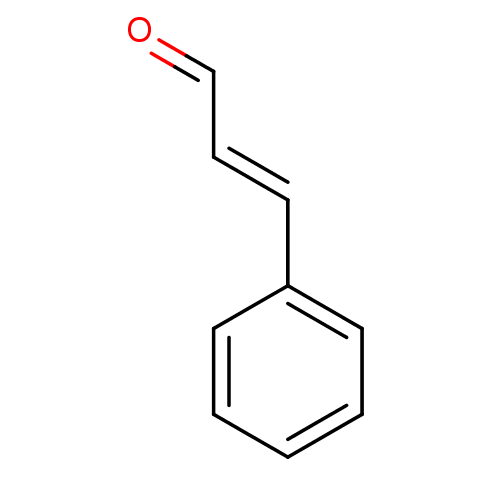 Found 6 Enz. Inhib. hit(s) with Target = 'Transient receptor potential cation channel subfamily A member 1' and Ligand = 'BDBM50203065'
Found 6 Enz. Inhib. hit(s) with Target = 'Transient receptor potential cation channel subfamily A member 1' and Ligand = 'BDBM50203065' TargetTransient receptor potential cation channel subfamily A member 1(Homo sapiens (Human))
Renovis
Curated by ChEMBL
Renovis
Curated by ChEMBL
Affinity DataEC50: 5.14E+4nMAssay Description:Agonist activity at human TRPA1 expressed in HEK293 cells assessed as [45]Ca2+ influx by microbeta plate countMore data for this Ligand-Target Pair
TargetTransient receptor potential cation channel subfamily A member 1(Homo sapiens (Human))
Renovis
Curated by ChEMBL
Renovis
Curated by ChEMBL
Affinity DataEC50: 1.90E+4nMAssay Description:Activation of TRPA1More data for this Ligand-Target Pair
TargetTransient receptor potential cation channel subfamily A member 1(Mus musculus)
University Of Hull
Curated by ChEMBL
University Of Hull
Curated by ChEMBL
Affinity DataEC50: 6.10E+4nMAssay Description:Agonist activity at mouse TRPA1 expressed in CHO cells assessed as increase in calcium influx by Fluo-3 based FLIPR analysisMore data for this Ligand-Target Pair
TargetTransient receptor potential cation channel subfamily A member 1(Homo sapiens (Human))
Renovis
Curated by ChEMBL
Renovis
Curated by ChEMBL
Affinity DataEC50: 9.00E+3nMAssay Description:Agonist activity at human TRPA1 expressed in HEK293 cells assessed as increase in calcium influx by Fluo-4-AM dye based fluorescence assayMore data for this Ligand-Target Pair
TargetTransient receptor potential cation channel subfamily A member 1(Homo sapiens (Human))
Renovis
Curated by ChEMBL
Renovis
Curated by ChEMBL
Affinity DataEC50: 8.51E+3nMAssay Description:Agonist activity at human TRPA1 expressed in HEK293 cells assessed as increase in calcium influx by Fluo-4-AM dye based fluorescence assayMore data for this Ligand-Target Pair
TargetTransient receptor potential cation channel subfamily A member 1(Homo sapiens (Human))
Renovis
Curated by ChEMBL
Renovis
Curated by ChEMBL
Affinity DataEC50: 6.50E+3nMAssay Description:Activation of TRPA1 channel expressed in CHO cells assessed as increase in intracellular calcium levelsMore data for this Ligand-Target Pair
